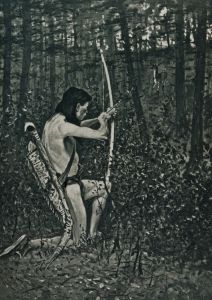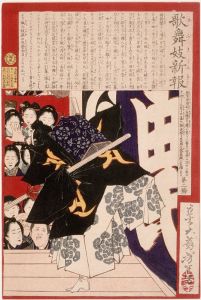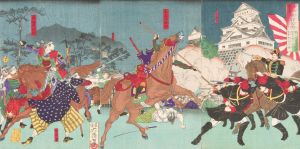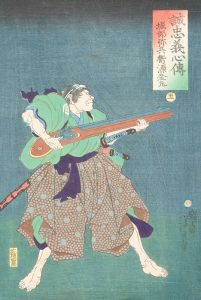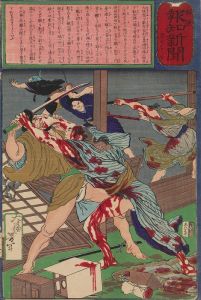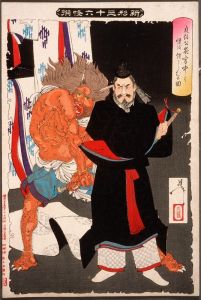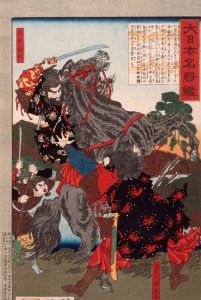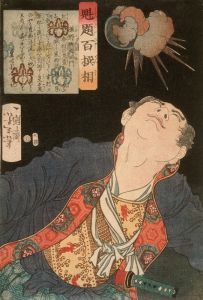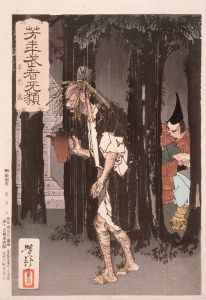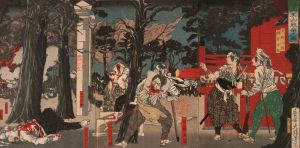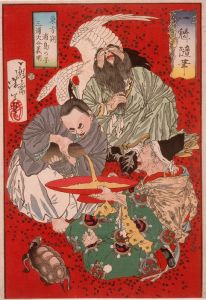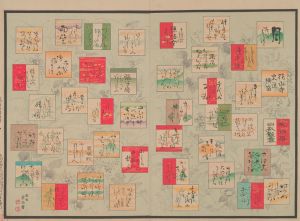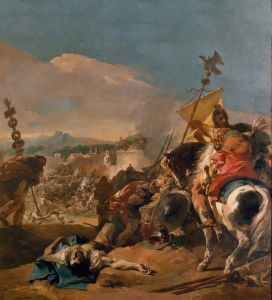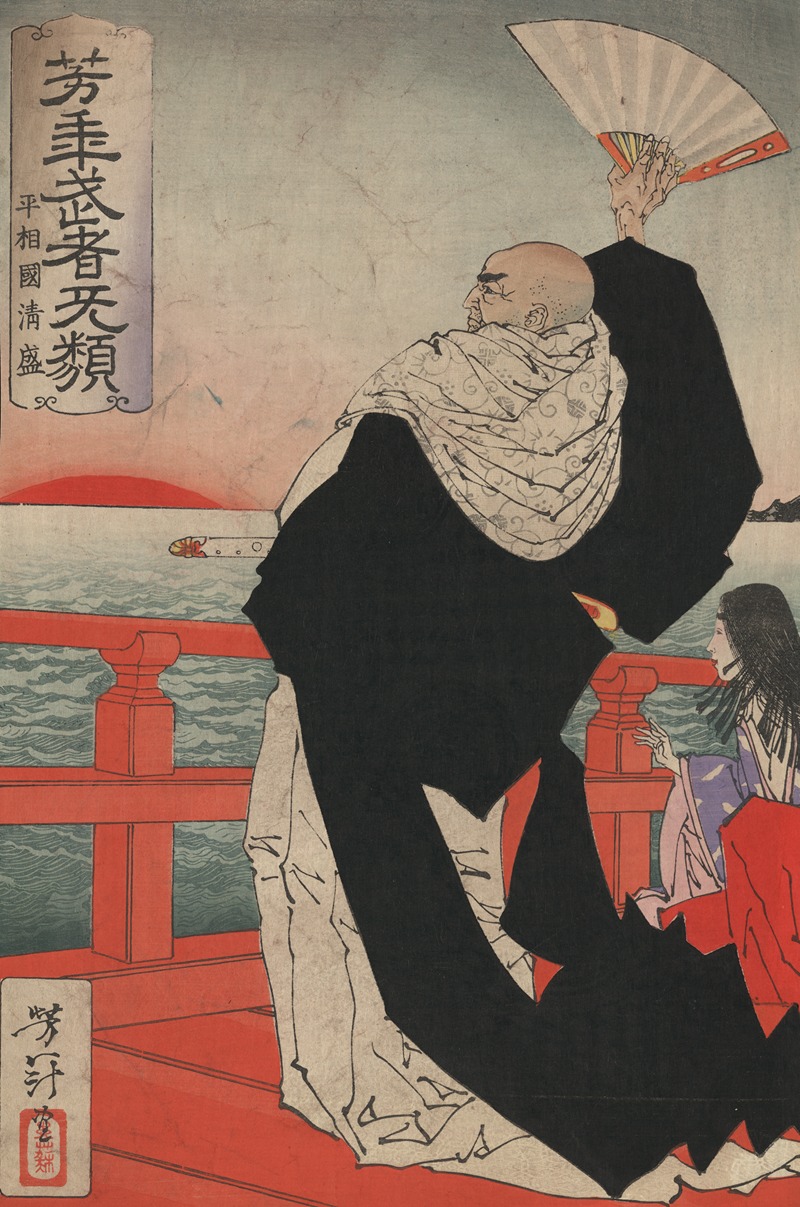
Heishōkoku Kiyomori
A hand-painted replica of Tsukioka Yoshitoshi’s masterpiece Heishōkoku Kiyomori, meticulously crafted by professional artists to capture the true essence of the original. Each piece is created with museum-quality canvas and rare mineral pigments, carefully painted by experienced artists with delicate brushstrokes and rich, layered colors to perfectly recreate the texture of the original artwork. Unlike machine-printed reproductions, this hand-painted version brings the painting to life, infused with the artist’s emotions and skill in every stroke. Whether for personal collection or home decoration, it instantly elevates the artistic atmosphere of any space.
Heishōkoku Kiyomori by Tsukioka Yoshitoshi
Heishōkoku Kiyomori is a woodblock print created by the renowned Japanese artist Tsukioka Yoshitoshi (1839–1892), one of the last great masters of the ukiyo-e tradition. This artwork is part of Yoshitoshi's series New Forms of Thirty-Six Ghosts (Shinkei Sanjūrokkaisen), which was published between 1889 and 1892. The series is celebrated for its imaginative and dramatic depictions of supernatural themes, drawing inspiration from Japanese folklore, history, and literature.
The print portrays Taira no Kiyomori (1118–1181), a powerful military leader and head of the Taira clan during the late Heian period. Kiyomori played a pivotal role in Japanese history, rising to prominence as a political figure and establishing the first samurai-dominated government. However, his legacy is often associated with arrogance and cruelty, which led to his eventual downfall and the destruction of the Taira clan during the Genpei War (1180–1185).
In Yoshitoshi's depiction, Kiyomori is shown in a moment of torment, haunted by visions of skulls and skeletons. This imagery references a famous episode from Japanese history and legend, in which Kiyomori is said to have been plagued by hallucinations of the dead as a consequence of his ruthless actions. The scene is both eerie and symbolic, reflecting the themes of karma and retribution that are central to Buddhist teachings and Japanese cultural narratives.
Yoshitoshi's artistic style in this work demonstrates his mastery of composition, color, and emotional intensity. The use of bold lines and vivid colors enhances the dramatic atmosphere, while the intricate details of the skeletons and Kiyomori's expression convey a sense of unease and psychological depth. The print exemplifies Yoshitoshi's ability to blend traditional ukiyo-e techniques with innovative approaches, making his work stand out during a period when the popularity of ukiyo-e was declining due to the rise of Western art influences in Japan.
Heishōkoku Kiyomori is not only a striking piece of art but also a reflection of the cultural and historical context of late 19th-century Japan. Yoshitoshi's interest in ghostly and supernatural themes resonated with the public's fascination with the mysterious and the macabre, while also serving as a commentary on the moral and spiritual consequences of human actions.
Today, this print is regarded as one of Yoshitoshi's masterpieces and is frequently studied as an example of his late-career work, which is characterized by its emotional power and technical refinement. It remains a significant piece in the history of Japanese art, illustrating the enduring appeal of ukiyo-e and its ability to convey complex narratives through visual storytelling.





